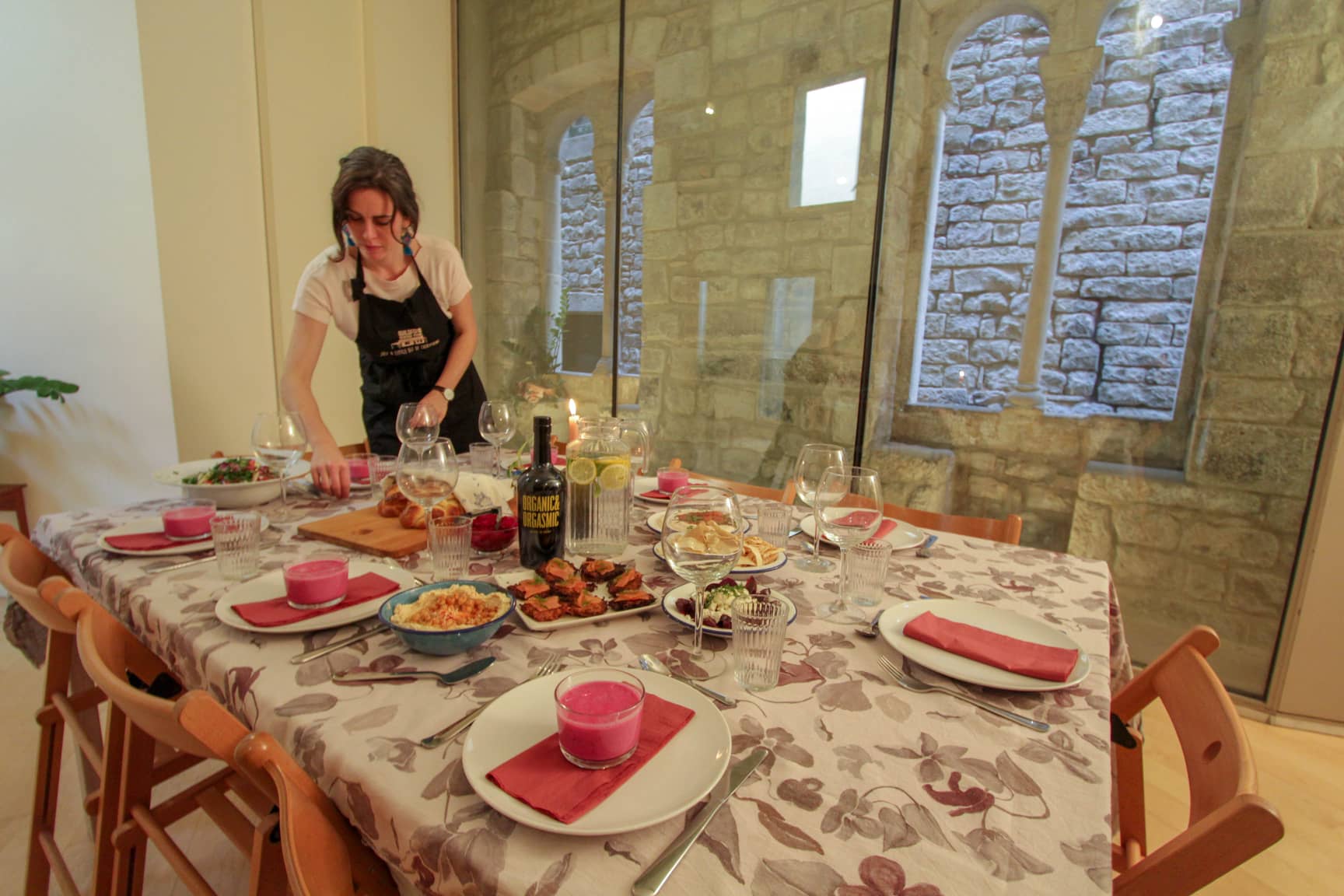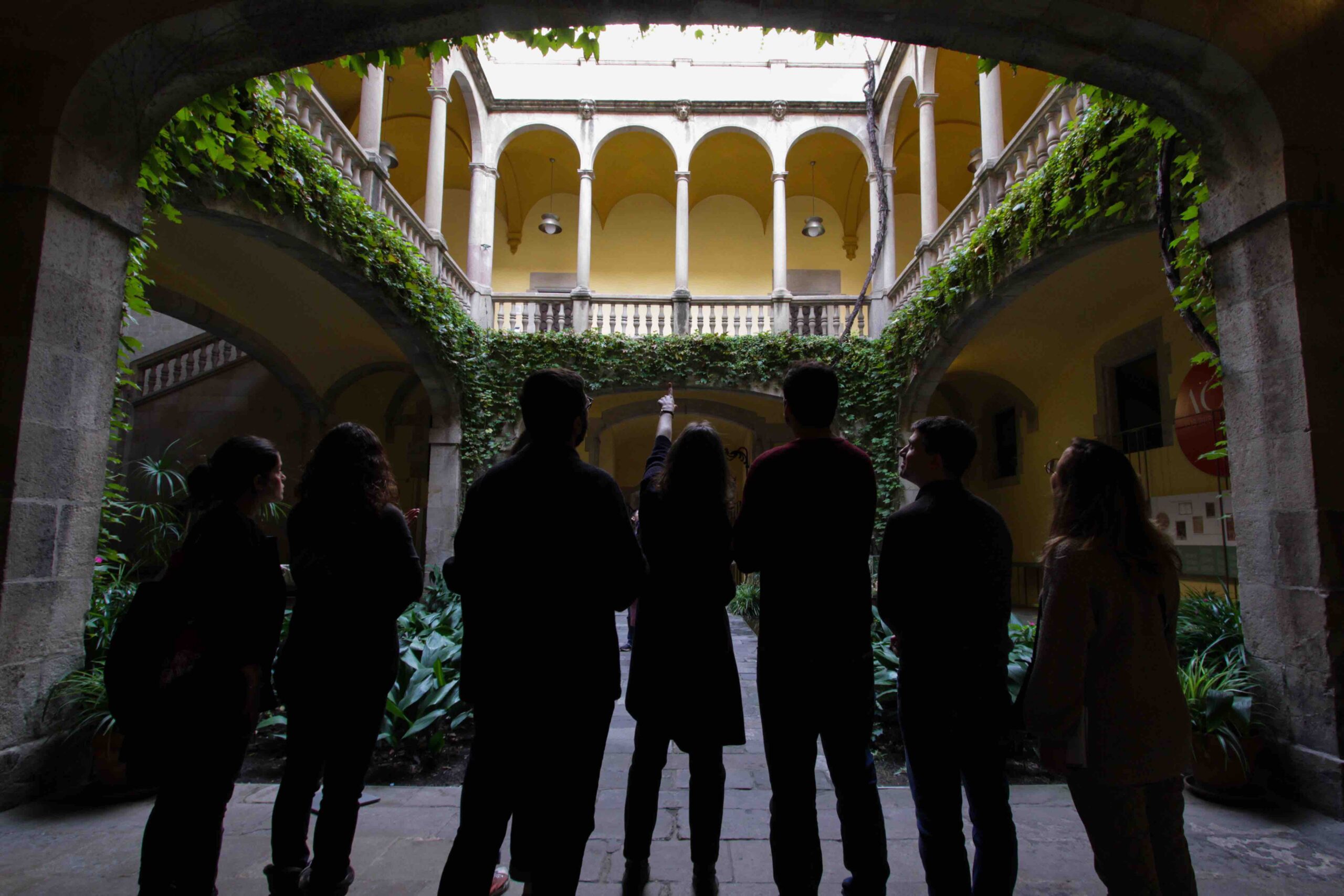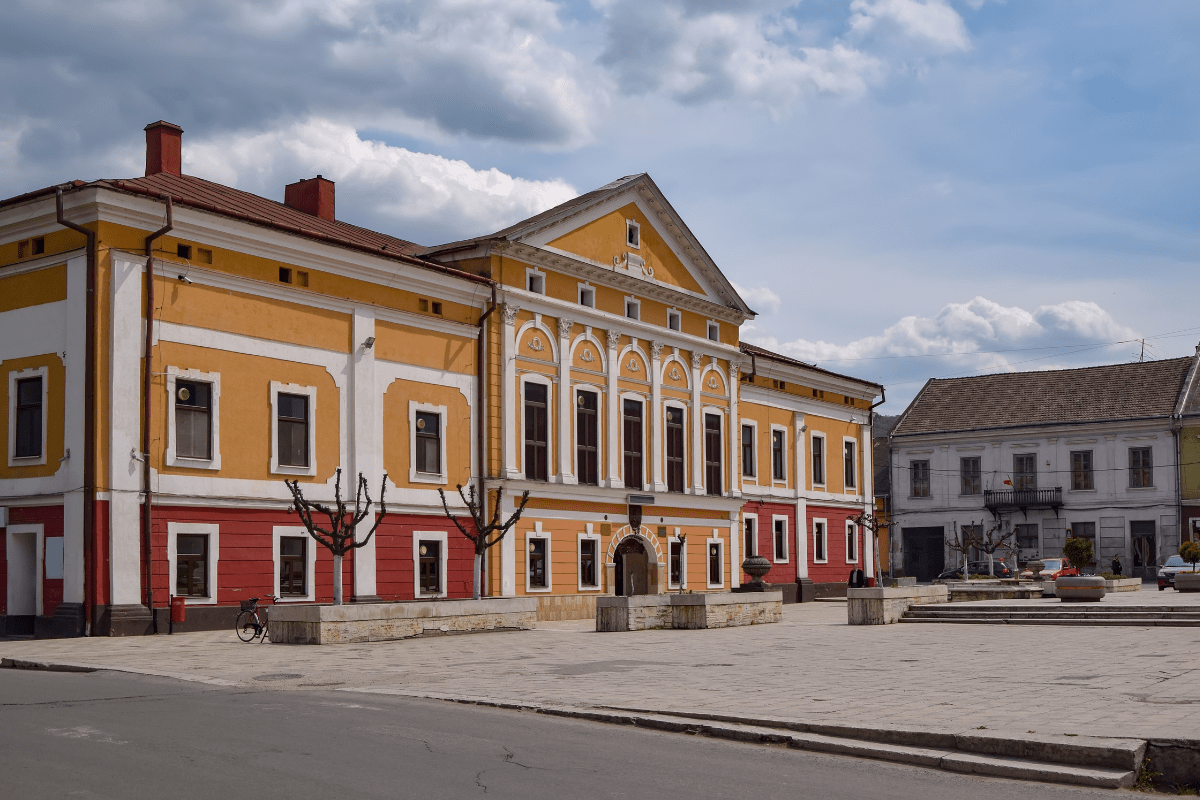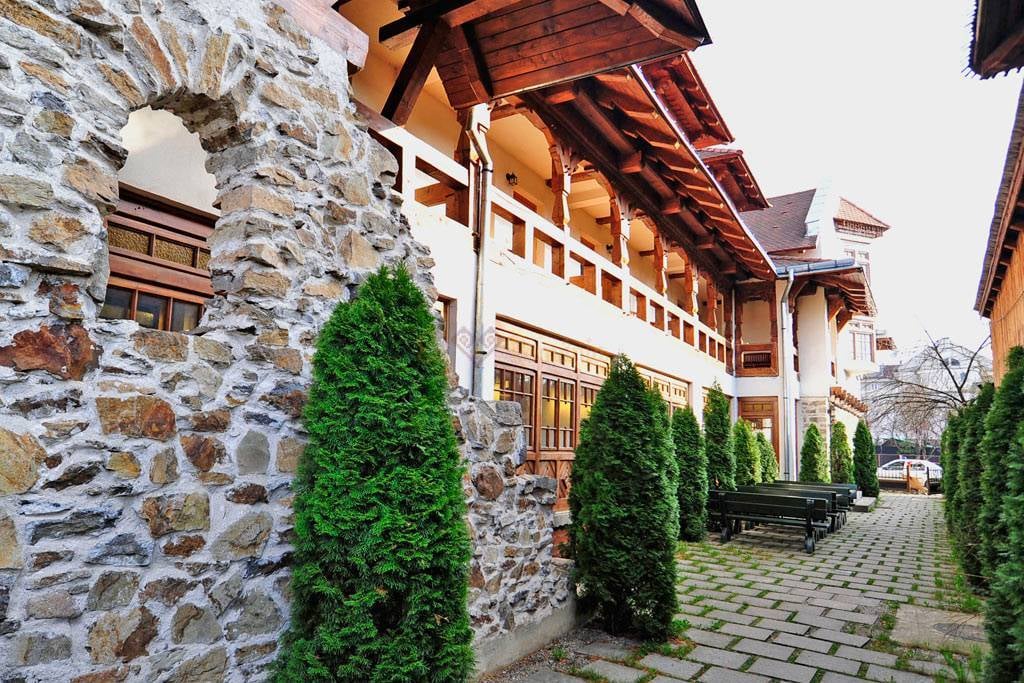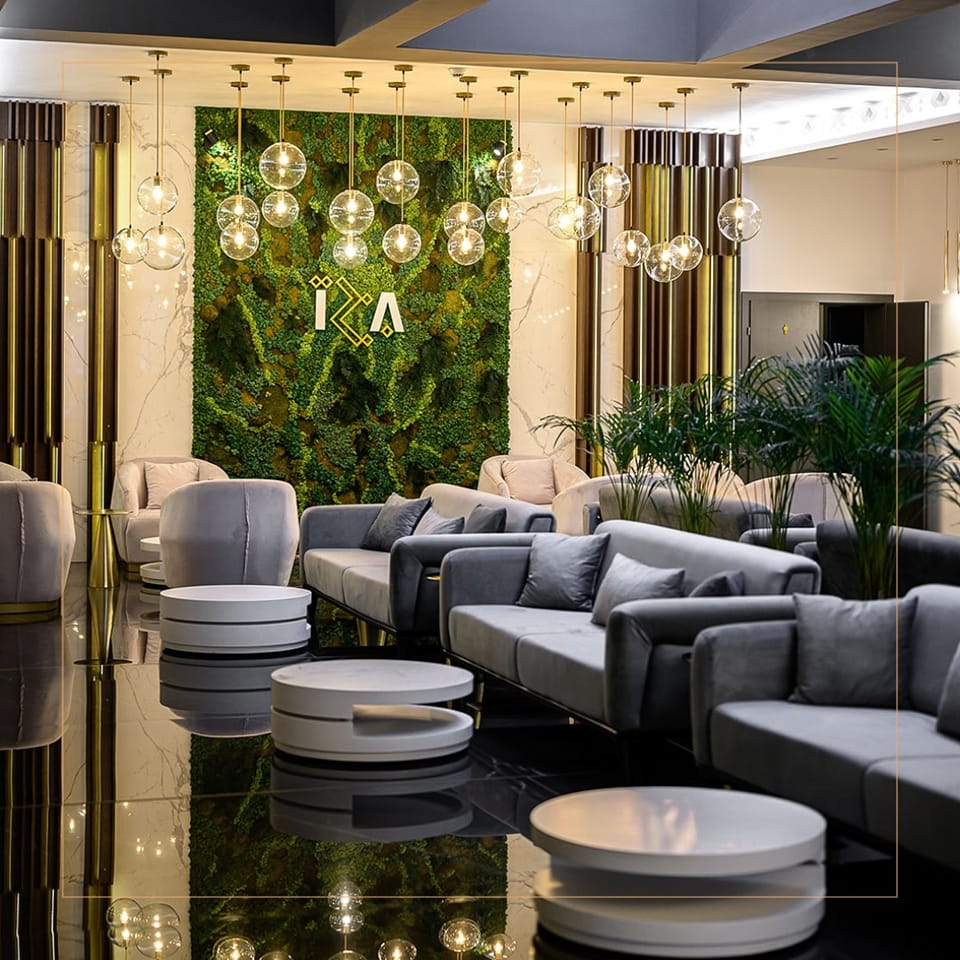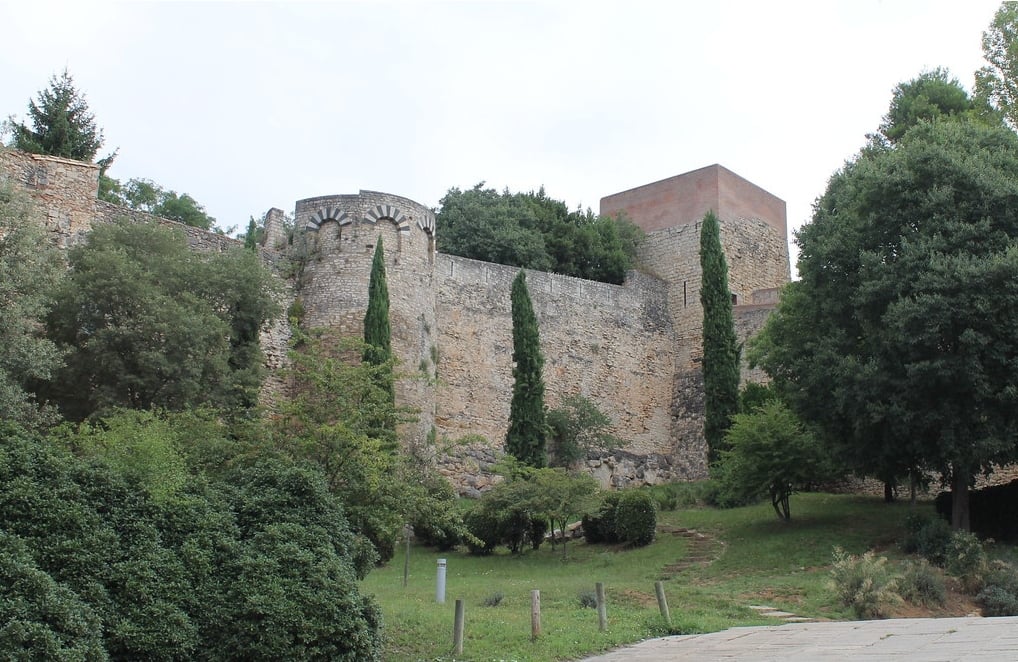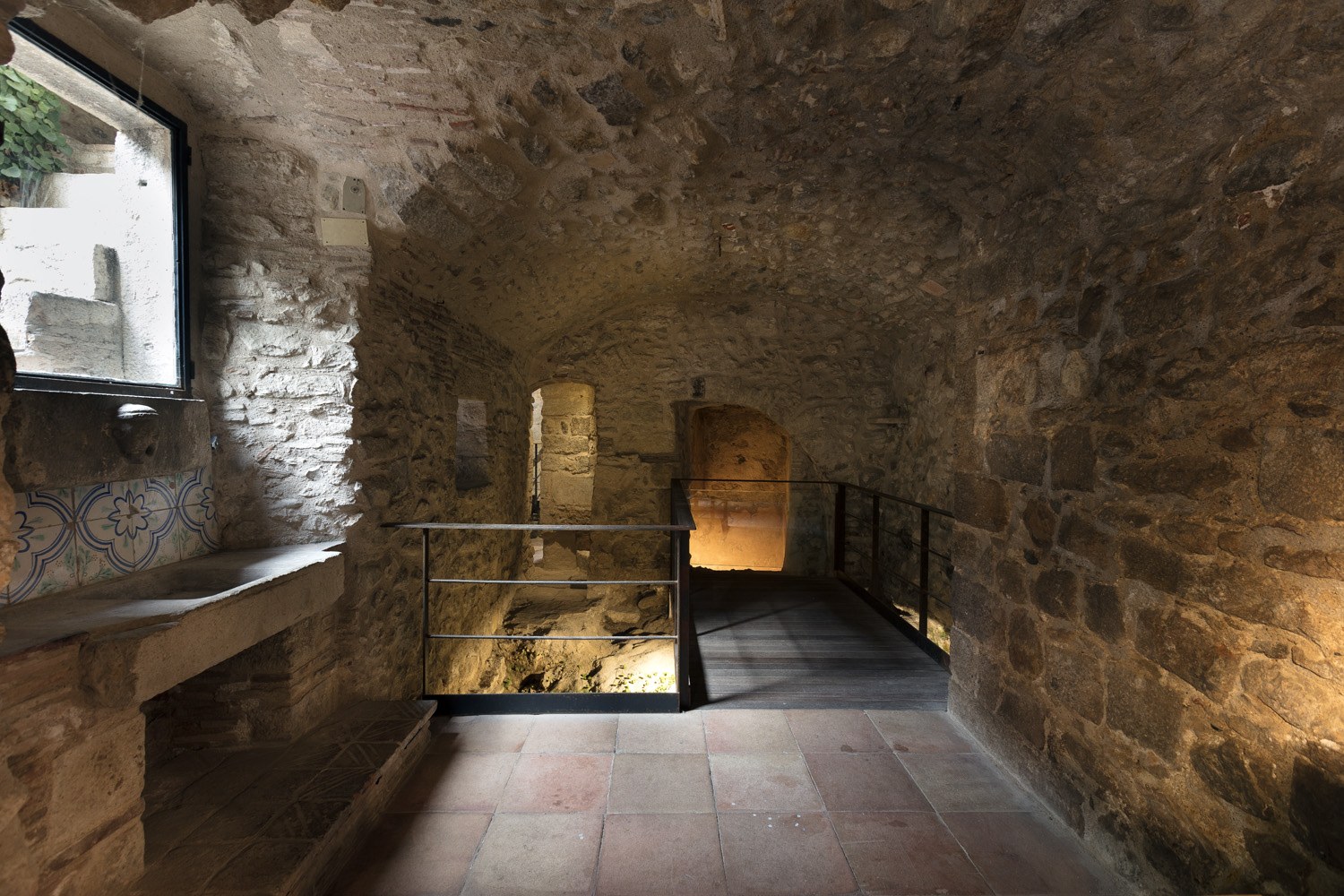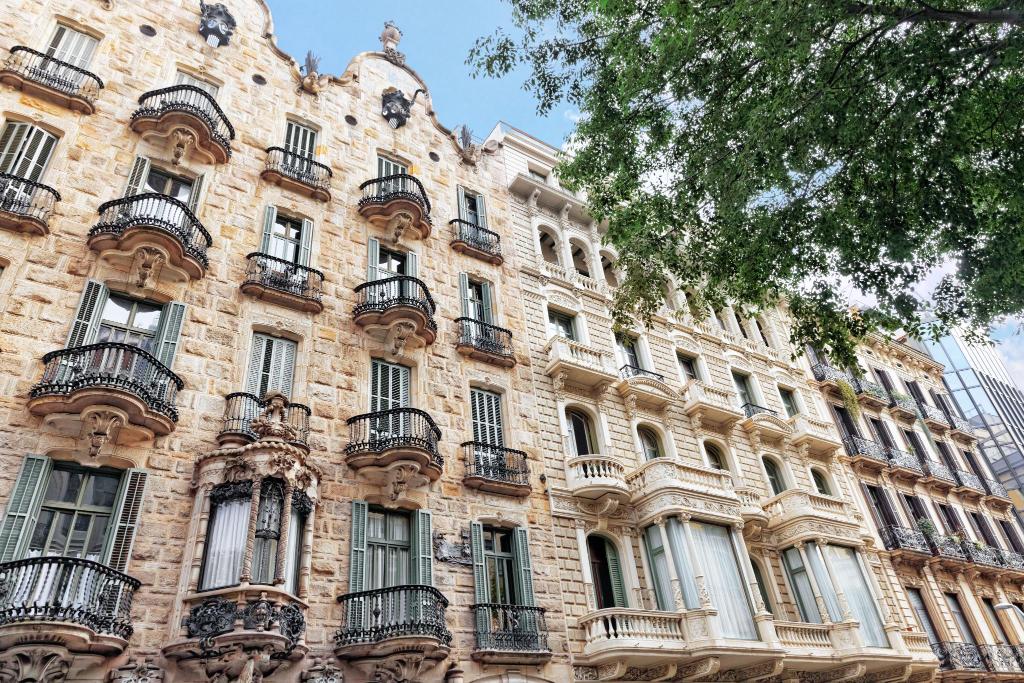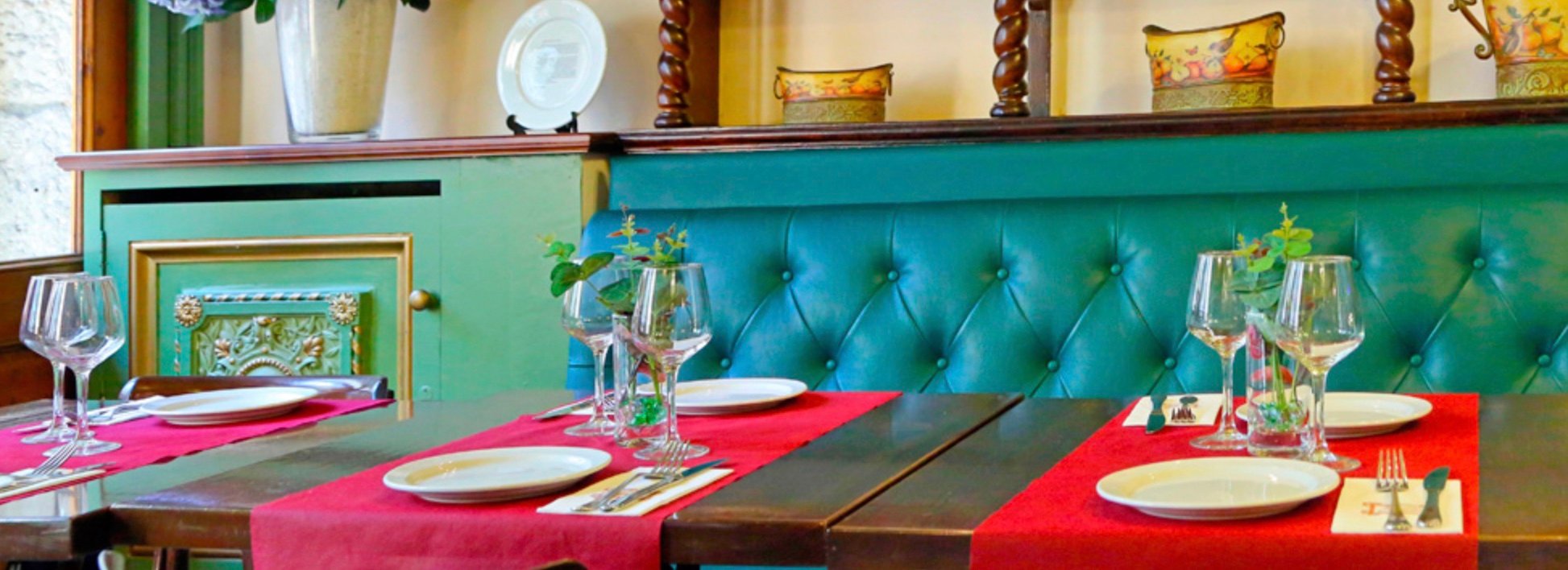Toldot’s gastronomic experience metaphorically expands the globe and explores the question, what is Jewish food? It explores Jewish gastronomy through family heritage, traditions and Jewish food legacy. Inspired by the way our mothers and grandmothers have always cooked for us, abundantly and with love, Monica and Eva believe that by sharing a table, we can create a shared experience of our past and celebrate each others individual histories.
Archives: Directory listings
Directory listings
Toldot Tours
Discover an unknown corner of history in the city- the story of the Catalan Jews.
Enter another world as we explore this incredible history together. You’ll meet important figures, ways of Jewish life, and get an insight into society at the time, exploring ideas of identity and migration. You’ll also have privileged access to Casa Adret, a XIII century house in the heart of the old Jewish quarter, now a cultural hub for Jewish Heritage.
Havana, Cuba: A City Rich in Coffee, Cigars, and Synagogues
Havana is a city rich in history, culture, tradition, and coffee. There is a thriving community of Jewish life, whose roots go all the way back to the days of Christopher Columbus. Havana is home to one of the oldest practicing Jewish communities in the Caribbean, a proud community with a story unlike any other.
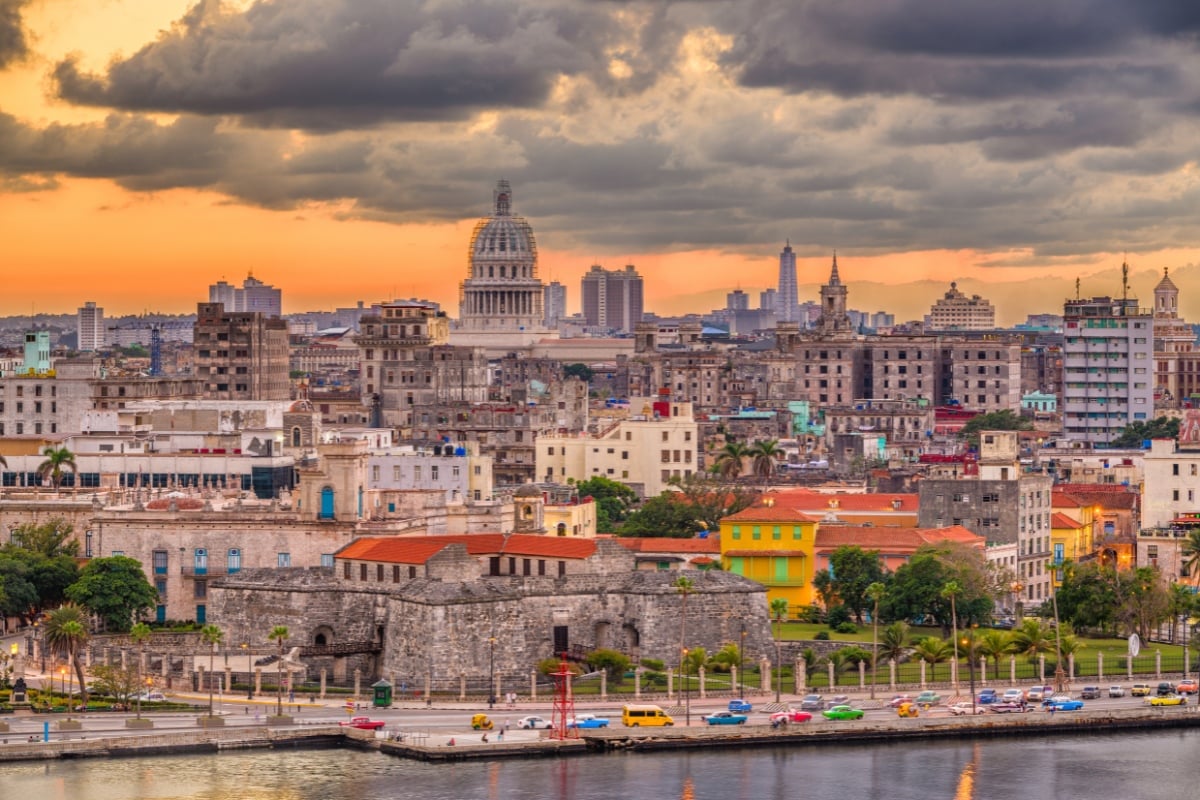
The Roots of Jewish Havana
The story of La Comunidad Hebrea begins with the expedition of Christopher Columbus in 1492. As the local lore goes, when Columbus set sail from the coast of Spain there was one Jew amongst his crew. Luis de Torres was a marrano, a forced convert to Christianity. He was chosen by Columbus to act as his official translator. Luis de Torres was Cuba’s first official Jewish resident.
During the 16th century more Jews arrived from Spain, fleeing the Spanish Inquisition. During the next few centuries Jews continued to arrive from other nations to escape persecution. In the 17th century, there was a large wave of Brazilian Jews, followed by Eastern European Jews in the 1920s who were attempting to immigrate to the US from Cuba. However during the 1920s, it was significantly harder forJews to complete the journey given the United States’ strict immigration policies. As a result, most of them stayed in Cuba. The last wave of immigration came from Western Europe, however, these Jews fleeing Nazi Germany were not allowed entry in Havana. Their boat was turned away, all aboard were sent back to certain death.
The community that remained in Cuba prospered economically and by the 1950s, there were several buildings erected to commemorate the community’s success. Jews worked as bankers, shop keepers, artisans etc. Most worked within the Jewish community.
The Cuban Revolution: Changing Jewish Life Forever
Unfortunately, this short period of happiness was not to last. By 1959, revolution had come to the island of Cuba. Over 90% of private businesses became nationalized, and with it went the wealth of the community. Most Cuban Jews immigrated to the United States or Israel leaving only 5% of the original population. Those who stayed behind were either too poor to leave or linked to the revolutionary efforts. In fact, there were three Jews in the original communist party of Cuba, the most prominent name being Fabio Grobart. He was highly influenced by Marxist writings and provided Castro a guide to the literature that started Communism.

The Few but Strong: Jewish Havana Today
Today there remains only 1,000 Jews living in Havana. Still there lives a distinct Jewish cultural and religious life. It is very possible to be a religious Jew in Havana. The original Jewish quarter still features kosher hotels and butchers. There is also a distinct representation of both Ashkenazi and Sephardic communities.
Havana Viejo: The Historic Home of Jewish Cuban Culture
While there was no walled or distinguished Jewish quarter in Havana as in Western Europe, Jewish life was still allocated in specific streets and areas. Habana Vieja (Old Havana) is where you will be able to find synagogues, kosher food, accomodation options, and a wide range of museums.
Religion, Culture, and a Kosher Hotel
One of the oldest and also the only Orthodox synagogue in Havana is Adath Israel. The origin story of this congregation begins with Eastern European Jewry. When World War II had ended and Jews were finally granted sanctuary in other countries they found themselves left without familiar houses of worship. The only other European synagogue in Havana at the time serviced anglophone, wealthy, Western European Jews. Ben Zion Sofer, a Jewish immigrant from Lithuania started hosting minyans out of his own apartment on Calle Paola. Over time the congregation grew and finally in 1956 a cornerstone worth $100,000 was laid in Old Havana. Today the synagogue remains the only Orthodox congregation on the island and has never missed one service.
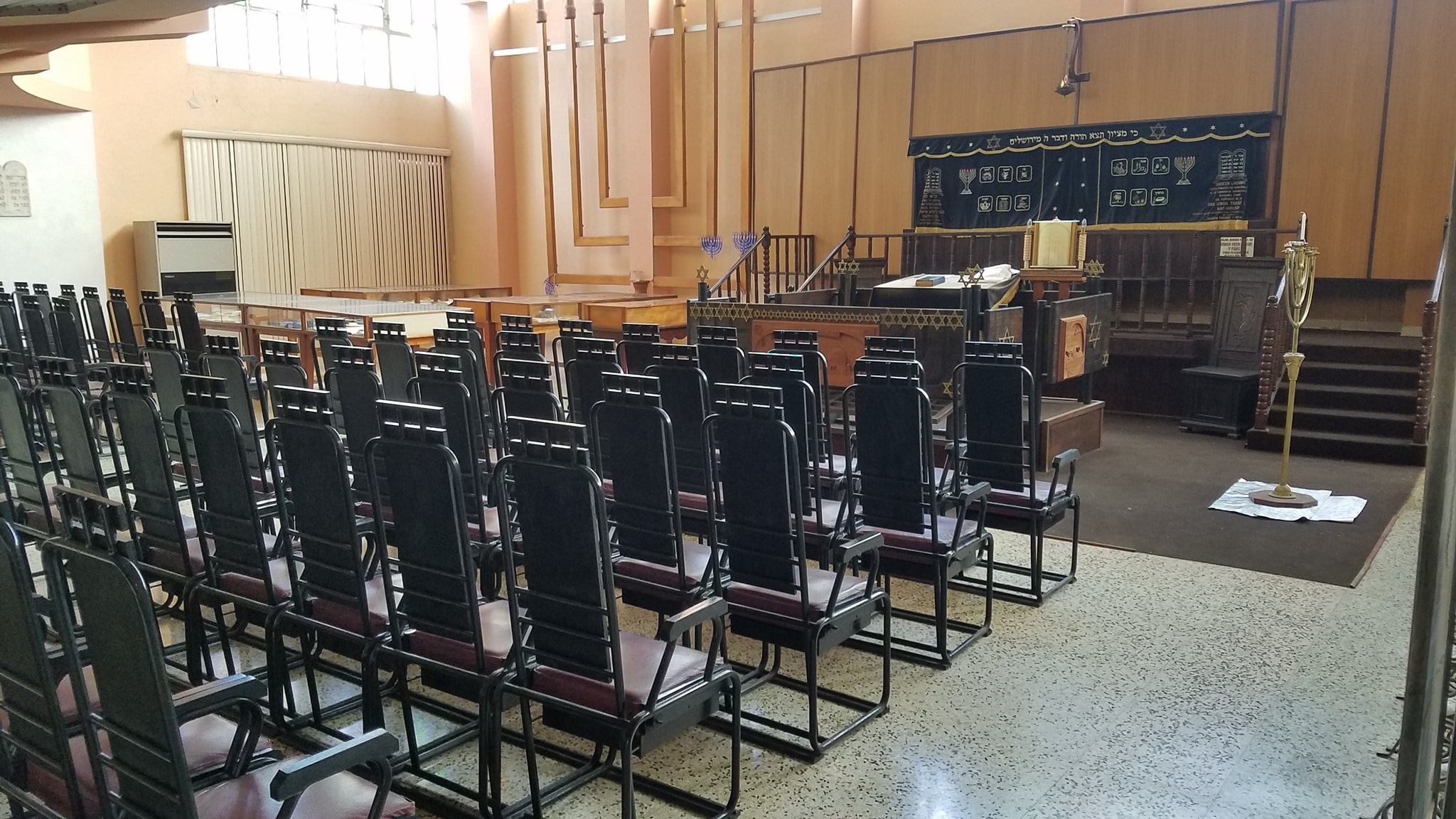
Just down the road from Adath Israel is the Sephardic Center and Synagogue. This is the last remaining historic and religious legacy of Havana’s Sephardi community. Construction for the Center began in 1956 and was finally completed in 2007. The main sanctuary holds over 700 people, and also includes a Holocaust memorial monument. Currently there are around 30 registered families with the synagogue.
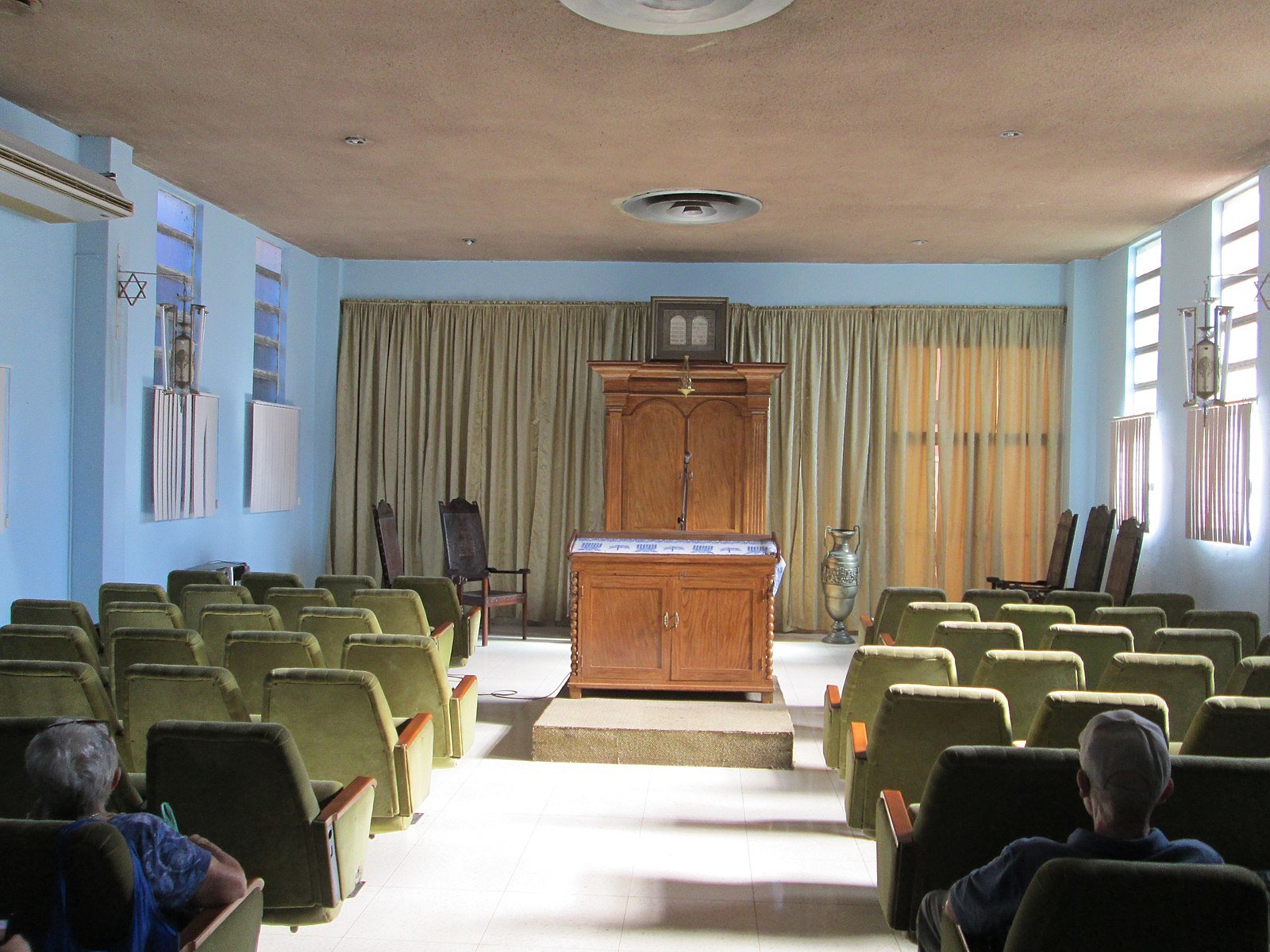
If you are looking for kosher travel accommodations, at the end of your day rest your head at Le Chateau Blanc Kosher Hotel. This privately owned bed and breakfast offers upscale rooms, kosher certified meals, and a friendly staff. It is one of the best hotels in Havana and is sure to fit all your travel needs.
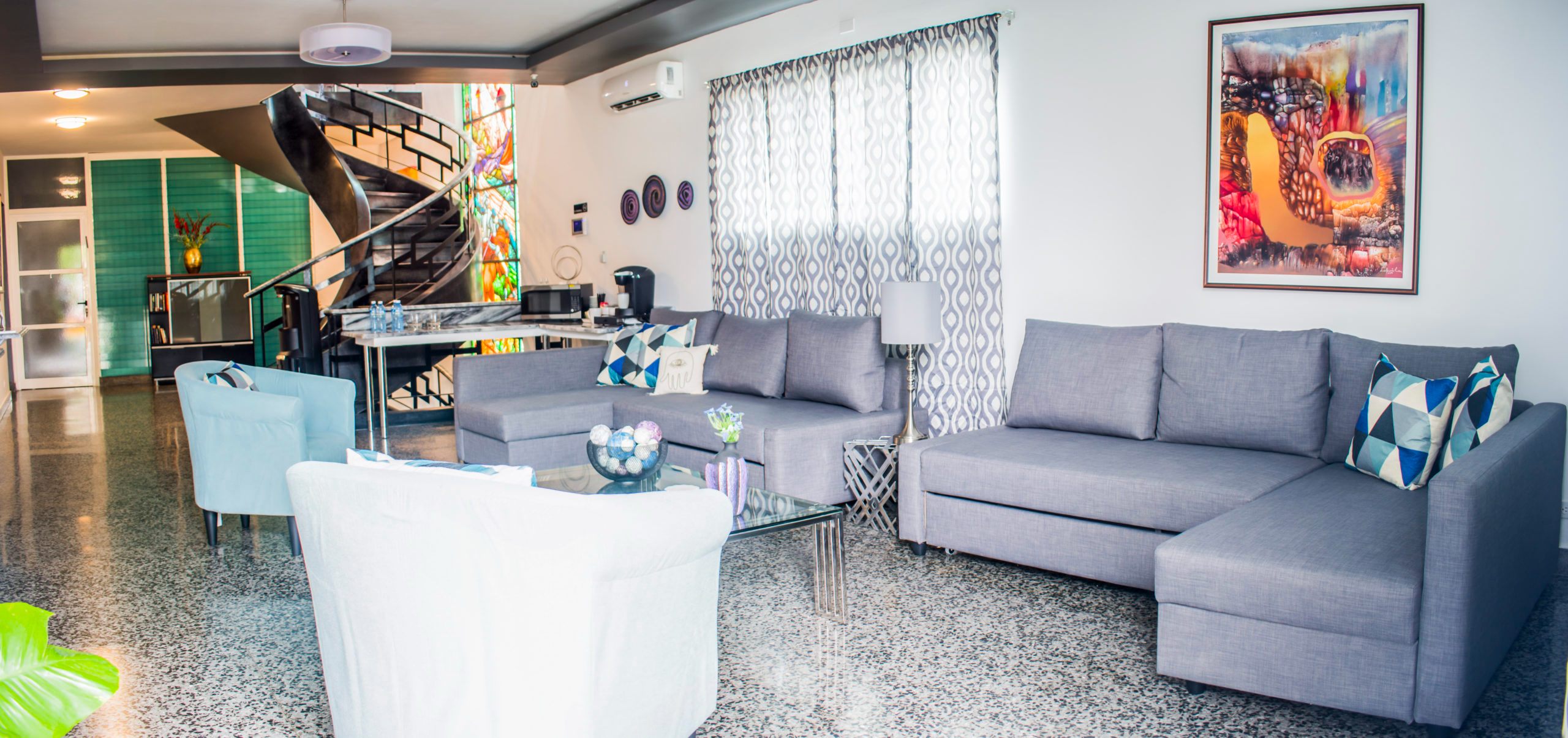
The Story of Jewish Havana Told By Ruth Behar
It is no surprise with all this rich Jewish history and culture that some of Judaism’s most well respected academic minds hail from this Caribbean community. One prime example is the ever brilliant Ruth Behar. Behar is a cultural anthropologist whose work focuses heavily on the Jewish community of Cuba as well as her family’s own history. In 1988 she was the first Latino woman to receive a MacArthur Grant, and teaches at the University of Michigan in Ann Arbor.
See the Legacy of Jewish Havana Today
The Jewish community of Cuba continues to thrive and stays connected to the greater Jewish world. While you are there we recommend booking a personal guide. This way you do not have to miss any of the fascinating history of one of the oldest Jewish communities in the Western hemisphere.
Sighet Walking Tours
Although a small city, Sighet is quite picturesque, situated in the heart of the very authentic Maramures Region of Northern Romania. Embraced by two rivers, the Iza and the Tisa, The Hungarian meaning of “Sighet” is island. Roughly half of Sighet’s population was Jewish before May 1944, when deportations to Auschwitz started taking place. The numerous traces of Sighet’s Jewish past tell a remarkable story about the city’s origins and it’s importance as a major cultural hub for various Jewish schools and traditions.
Tarbut Foundation is offering guided historical tours through the city to all known and hidden Jewish sites. You can find out more about some of Sighet’s Jewish sites and history on our Sighet page dedicated to the city. While any tourist coming to Sighet can walk through the points mentioned, a guided one day Tour will include more sites and in depth historical background information. We very much recommend it!
We offer tours between May and September. Bookings can be made for individuals, families or groups. You can contact us directly for more information and bookings.
Casa Iurca de Calinesti
Located in Sighetu Marmatiei, the heart of the Maramures Country, a place rich in history and legends carved in wood with diligence and daring by the special people of these places. The Iurca de Calinesti family plays an important role in the life of the Maramures community. As early as 1361, it was mentioned in medieval documents along with other noble families, receiving over time two noble diplomas: first in 1470 by King Matthias Corvinus and then in 1569 by King Sigismund II, attesting the important role of the Iurca family on the Maramures plains. Traveling to our country means, among other things, discovering the hand and mind of the craftsman who, over time, has created a true wood civilization in Maramures. Every piece of furniture, pottery, every traditional costume, local architecture, food, music or folk dance make you feel the dedication and love with which they were made. Discover our Maramures dishes in a warm and loving atmosphere, accompanied by authentic music. We have 29 accommodation places with breakfast included and conference rooms for a complete stay. Our experience, work and dedication assure you that the most important moments in your life will be unforgettable.
Discover our Maramures programs that give a special charm to the Easter, Christmas and New Year holidays. Our ensemble of professionals completes the atmosphere with traditional dance performances.
Iza Hotel
Located in the heart of Sighetu Marmației, Iza Hotel is the perfect combination between luxury and comfort, offering our guests privacy, silence and sophistication. Despite the fact that the Iza ensemble is part of a 3-star hotel chain, the design and services we offer to our guests rise to high quality standards. In addition to the state-of-the-art infrastructure of both the accommodation and the relaxation areas, we guarantee a unique experience due to the hospitality that is never absent. Iza Hotel is the ideal destination both for holidays with the family, and for business meetings, private or corporate events, team buildings and conferences.
Gironella Tower
Leaving behind the head of the cathedral, Alemanys street and Pere de Rocabertí¬ street lead to the former Caserna dels Alemanys, the site of an old military barrack today converted into a romantic garden amongst ruins and stretches of the wall. It is located on the highest point of the city and constitutes the vertex of the triangle where the former Roman Gerunda takes shape. It is in this complex where the Gironella Tower is situated, famous for serving as a refuge for Jews who were able to escape the slaughter and sacking of the of 1391.
The Girona Mikveh
In 2014, the mikveh was identified in the patio of the Museum of Jewish History. The original structure has been preserved even though in later rebuildings it was transformed into a cistern. It was a closed space which could be accessed by a door, leading to a hall, a tiled changing room and the pool. Access was gained by stepping over the threshold, which led to a landing made of stone slabs, and from there people could probably go into the pool through a flight of stairs integrated in the pool, now lost. The water was supplied from a natural source by filtration, and also from the tank situated in the courtyard, which collected rainwater and filled the bath. The function of the mikveh is the spiritual purification through total immersion of the body in the water.
We Boutique Hotel Barcelona
This Boutique Hotel was conceived by a team of Italian and Catalan architects and decorators who took great care in maintaining the features of an antique catalan house in one of the most interesting and lively neighborhoods of Barcelona. Every rooms has a different decor, floor mosaic and tiles. Our goal has been to respect the soul, the atmosphere and the materials of the house, typical of the catalan modernist buildings combined with modern amenities of a 1st class boutique Hotel.
We are a young team with over a decade of experience in hospitality and tourism. We offer our clients attentive personal service, giving insider tips and local expertise, doing our best to make your stay in Barcelona unique and unforgattable.
Maccabi
Housed in a former bread bakery dating from the seventeenth century called ” Montserrat”, It is an iconic establishment in Barcelona, it has a long history since last the century.
During this time, a wide variety of visitors have found the excellent quality of our Mediterranean cuisine and market, prepared by our Chef.
A varied menu of delicious dishes, traditional and exquisite turn, that delight the palates of our customers that every day is seduced by such delicious flavors.
